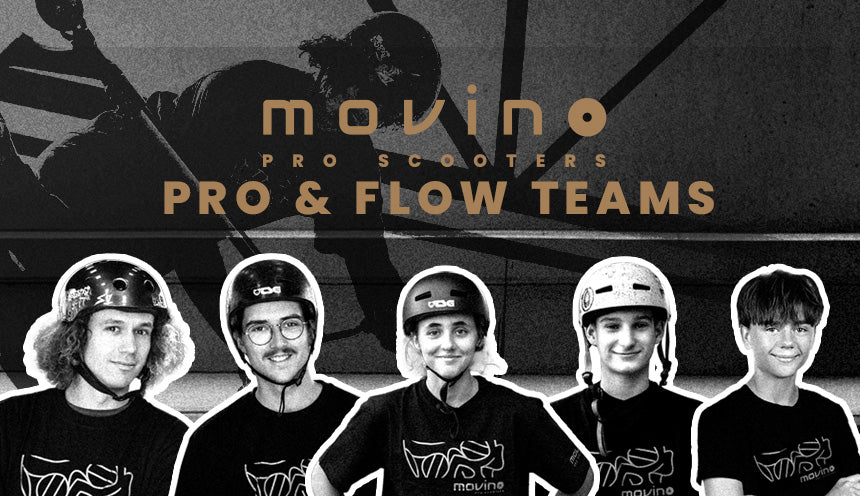Paddling on an SUP—Which Paddle To Choose?
Paddling on SUP boards is an activity that has captured many hearts and seems to be growing in popularity. Stand-Up Paddle has enthusiasts in almost every age group. Children, teenagers, and adults can all enjoy it. Moreover, you can even bring your four-legged friends on board. To start paddling, you need to choose the right board. But that’s not all; you’ll also need a paddle. So, which one should you choose?
We discussed choosing an SUP board in our article “How To Choose an SUP Board?” and encourage everyone interested in the topic to check it out. However, preparation for paddling doesn’t end with buying a board. A crucial element is the paddle, also known as a pagaj. There isn’t a one-size-fits-all model that works in every situation, so before purchasing a paddle, you need to know what to look for. On the market, you’ll find one-piece, two-piece, and three-piece paddles. An optimal choice seems to be a model made of two parts. Let us explain why!

SUP Paddle—Essential Information
SUP paddles vary in length, design, and blade size. Each parameter is crucial, as one model will enable you to achieve high speeds, while another is perfect for leisurely long-distance paddling. The paddle must also be matched to the user’s height to ensure comfortable and correct paddling. Different models also vary in the materials used—you can choose from aluminium, carbon fibre, and composite paddles. As you can see, selecting what seems like a simple component can be quite challenging.
How do you choose the right paddle? It should definitely match the user’s height. Consider your personal preferences and the type of activity you plan to engage in when selecting a model.
SUP Paddle Materials
SUP paddles can be made from:
-
Aluminium: Known for its high rigidity and durability. Aluminium paddles are heavier than carbon fibre models, making them robust and ideal for beginners.
-
Carbon Fibre: Durable yet lighter than aluminium accessories; perfect for long-distance paddling.
-
Composite: A blend of several materials (wood, fibreglass)—the best choice for recreational and more ambitious paddling.
Why does material matter? Long journeys involve a lot of paddling. Using a heavy paddle requires more effort, and if you’re inexperienced, you may tire quickly. There’s also a risk of shoulder joint strain, which can affect beginners who haven’t yet mastered the correct paddling technique.
The material not only determines the weight of the accessory but also the paddle’s rigidity. A rigid model will be more efficient in transferring the force of your stroke. On the other hand, using a rigid paddle requires significantly more skill.
How To Paddle on an SUP: Understanding Paddle Construction
SUP paddles are categorised into fixed (one-piece) and adjustable (two- or three-piece) designs. Fixed paddles are less practical for beginners and are better suited for experienced paddlers who already know how to navigate the waters. Adjustable paddles offer more versatility—they can be tailored to the user’s height or the type of SUP board. This feature is particularly beneficial for families sharing the same paddle, as the adjustable length allows for easy sharing.
However, it’s important to note that adjustability can slightly reduce the paddle’s stiffness (compared to fixed models). Telescopic paddles, which consist of three pieces, tend to lose the most rigidity. Here’s what you should know about the different models:
-
Fixed, one-piece paddles: Made from materials like aluminium, wood, carbon, or composite; they are rigid but less technologically advanced.
-
Two-piece paddles: Typically joined between the handle and the blade; equipped with a locking mechanism for quick and efficient length adjustment.
-
Telescopic (three-piece) paddles: Composed of three segments with locking mechanisms such as clasps or screws.

Movino GARDA Allround 10'10'' (turquoise-lime)
Types of Paddle Blades
Another crucial aspect to consider when choosing a paddle is the blade. Blade size can vary—the larger the blade, the more power it generates. Larger blades are ideal for those who want to paddle quickly, seek thrills, and gain experience. Here’s what you should know about blades:
-
Larger blade: Requires more strength, offers greater efficiency, and allows for quicker positioning; better suited for individuals with a strong build.
-
Smaller blade: Requires less strength; recommended for those with joint issues or for those who prefer longer excursions on calm waters.
Blade shape also varies, with options like teardrop or rectangular. The teardrop shape has a wider bottom, allowing for greater paddle surface use and more decisive strokes. Rectangular blades encourage gentler and smoother movements, making them a better choice for beginner SUP enthusiasts.
And Finally, the Paddle Length
The last parameter to discuss is the paddle length. A properly chosen paddle allows you to maintain the correct posture while paddling and also affects your efficiency. To match the accessory to your height, place it vertically on the floor and grab the handle. Your arm should be slightly bent at the elbow, ideally with the grip at wrist height. The general rule is to add about 15-25 cm to your height when choosing the paddle length.
As you can see, to fully enjoy SUP boarding, you need to be well-prepared. First and foremost, find the right equipment—not just the board, but also the paddle. Your choice will determine whether you paddle comfortably and effectively.



